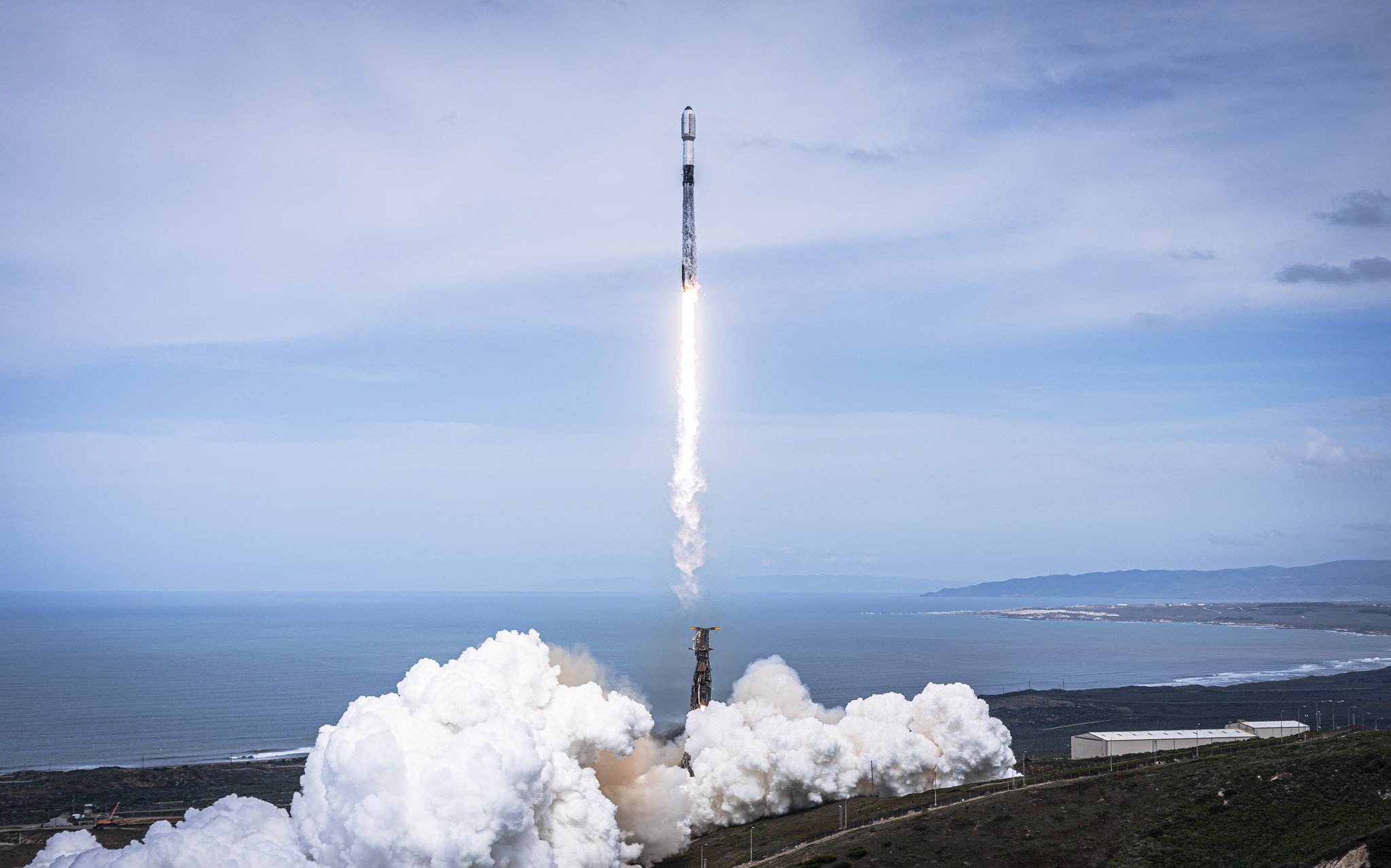Kenya is gearing up to make history with the launch of its first 3U Earth Observation Satellite, scheduled for April 11, 2023, at Vandenberg Base in California.
The Kenya Space Agency (KSA) and the Ministry of Defense announced that the satellite will be launched aboard a SpaceX Falcon-9 rocket.
As a result, this will put Kenya on the global stage for satellite development, data analysis, and application development.
Kenya’s Acting Director of KSA Brig Hillary Kipkosgey said, “Space is the next frontier in many ways, and we are happy to be part of this. This is our moment of pride.”
Design and construction work
Kenyan engineers designed and constructed the satellite, which will provide precise and timely earth observation data.
Stakeholders in various sectors, including agriculture, food security, natural resources management, and environmental monitoring will benefit.
In addition, it aims to “develop Kenya’s technical capacity on the whole value chain of space technology development and applications.”
Noteworthy, Kenya’s journey into space systems engineering began with the successful launch of the First Kenya University NanoSatellite – Precursor Flight (1KUNS-PF).
The University of Nairobi and Sapienza University of Rome developed the satellite before its launch in 2018. Authorities de-orbited the satellite in 2020.
Space Data advantage
The KSA is working with National Government line ministries to develop the capacity to utilize space-derived data for decision support.
Chiefly, this project will enhance Kenya’s expertise in space systems engineering, space operations, data processing and analytics, and ground station services and operations.
Kenyan engineers collaborated with Bulgarian aerospace manufacturer Endurosat AD to manufacture and test the satellite parts, as officials noted the high costs of constructing the satellite locally.
Further, Kenya will launch a one-ton nanosatellite, which offers cost-effective development and launch.
At the same time, this groundbreaking venture is set to propel Kenya into the forefront of space technology development and applications.


